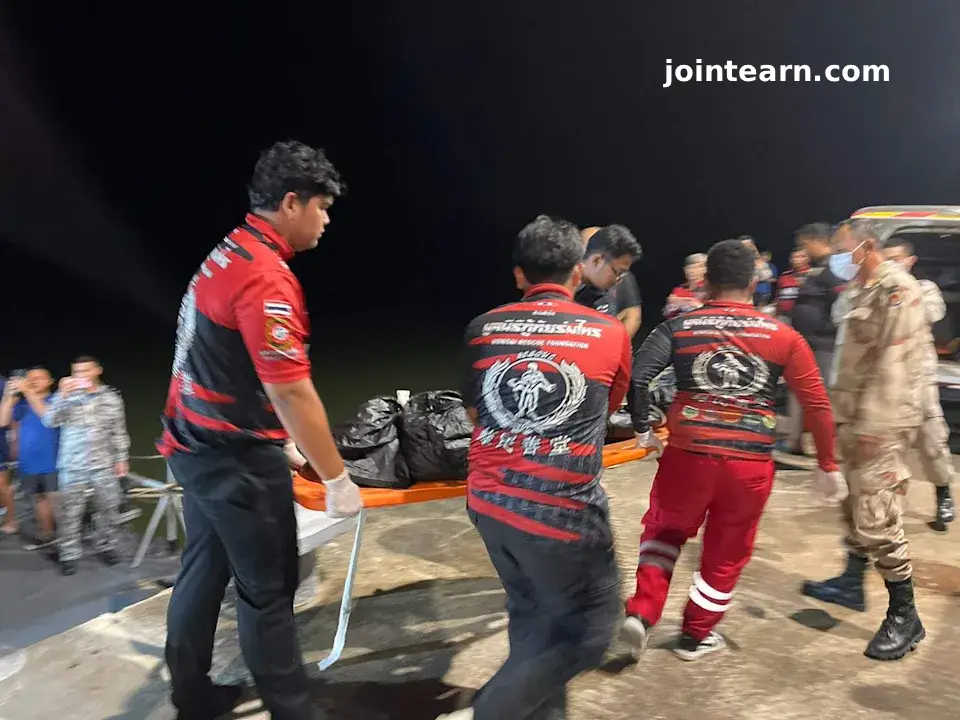
The death toll from a tragic boat capsizing involving Rohingya migrants fleeing Myanmar has risen to 26, as rescuers in Thailand and Malaysia continue recovering bodies from the sea. Authorities say dozens more remain missing, raising international concerns over the safety of maritime migration routes in Southeast Asia.
Malaysian Rescuers Recover More Bodies
The Malaysian Maritime Enforcement Agency (MMEA) reported on Tuesday that rescue teams had discovered one additional survivor and retrieved eight more bodies off northern Langkawi island, close to the Thai border. Among the recovered victims, there were seven men, nine women, and four children. In total, Malaysian authorities have counted 14 survivors from the ill-fated vessel.
Meanwhile, the Romsai Rescue Foundation in Thailand’s Satun province confirmed that six bodies were recovered from Thai waters over Sunday and Monday. Identification documents found with some of the victims indicate they were Muslim Rohingya refugees attempting to escape persecution in Myanmar.
Background: The Rohingya Migration Crisis
Officials estimate that approximately 70 people were aboard the capsized boat, according to accounts from survivors. The migrants had reportedly started their journey on a larger vessel carrying roughly 300 passengers from Buthidaung, a town in Myanmar’s Rakhine state. Near Malaysia, the larger ship is believed to have been split into three smaller boats, one of which sank near Tarutao island in southern Thailand.
The exact timing and location of the capsizing remain unclear, and the fate of the other two boats is still unknown.
International Response
In a joint statement, the United Nations High Commissioner for Refugees (UNHCR) and the International Organization for Migration (IOM) expressed deep concern over the incident. They emphasized the urgent need for increased search-and-rescue resources, improved regional cooperation, and safer access to asylum to prevent such tragedies in the future.
So far in 2025, around 5,300 Rohingya refugees have attempted dangerous maritime journeys from Myanmar and Bangladesh. Of these, over 600 are reported missing or dead, highlighting the extreme risks faced by migrants seeking safety amid persecution.
Factors Driving Rohingya Migration
Rohingya refugees face decades of systemic persecution in Myanmar. Conditions have worsened following the 2021 military takeover, prompting many to flee. Deteriorating humanitarian conditions in Bangladesh refugee camps, combined with ongoing conflict in Myanmar, are pushing more people—including women and children—to risk hazardous sea crossings.
Malaysia is a preferred destination for Rohingya migrants due to its predominantly Malay Muslim population, which is perceived as more culturally accepting. While Malaysia has accepted Rohingya refugees on humanitarian grounds, authorities have sought to limit the influx, fearing an unregulated surge of arrivals. In January 2025, Malaysian authorities reportedly turned away two boats carrying nearly 300 Rohingya refugees.
Currently, there are approximately 117,670 Rohingya refugees registered with the UNHCR in Malaysia, representing about 59% of the country’s total refugee population.


Leave a Reply